detail profile ch c5 8dko iida
Peran Yang Di Mainkan Chōko Iida
 Remake of Kurosawas films Sanshiro Sugata...
Remake of Kurosawas films Sanshiro Sugata...Sanshiro Sugata 1965
Remake of Kurosawa's films Sanshiro Sugata and Sanshiro Sugata part 2. A young man, Sanshiro Sugata, troubled by personal problems, takes up judo. His teacher, Shogoro Yano, is a devout man who has aroused the enmity of the local practitioners of jujitsu, the older and more accepted of the two sports. Sugata uses his newly learned prowess to gain a measure of respect from others; however, Shogoro insists that the sport has a spiritual side, a lesson Sugata has yet to learn. Eventually, in hand-to-hand combat with the father of a young woman he loves, he comes to understand the true meaning of judo.
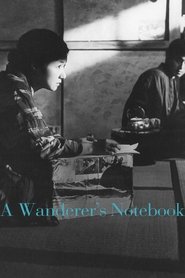 Considered one of the finest late...
Considered one of the finest late...A Wanderer's Notebook 1962
Considered one of the finest late Naruses and a model of film biography, A Wanderer’s Notebook features remarkable performances by Hideko Takamine – Phillip Lopate calls it “probably her greatest performance” – and Kinuyo Tanaka as mother and daughter living from hand to mouth in Twenties Tokyo. Based on the life and career of Fumiko Hayashi, the novelist whose work Naruse adapted to the screen several times, A Wanderer’s Notebook traces her bitter struggle for literary recognition in the first half of the twentieth century – her affairs with feckless men, the jobs she took to survive (peddler, waitress, bar maid), and her arduous, often humiliating attempts to get published in a male-dominated culture.
 Fumiko mother of two children and...
Fumiko mother of two children and...Forever a Woman 1955
Fumiko, mother of two children and wife of an unfaithful man, shares her family life with her budding vocation as a poet. The beginning of her successful literary career coincides with her divorce and her breast cancer diagnosis. In the last stage of her life, she meets a young journalist from Tokyo who wants to write a story on her life.
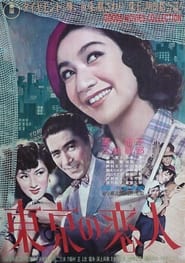 Following the Second World War the...
Following the Second World War the...Tokyo Sweetheart 1952
Following the Second World War, the lives of various people in a poverty-stricken area of Tokyo are entertwined. Pachinko parlor girls, shoeshine boys, a maker of costume jewelry, and a streetcorner artist all struggle to make their livings and to find happiness in difficult surroundings.
 A bad day gets worse for...
A bad day gets worse for...Stray Dog 1949
A bad day gets worse for young detective Murakami when a pickpocket steals his gun on a hot, crowded bus. Desperate to right the wrong, he goes undercover, scavenging Tokyo’s sweltering streets for the stray dog whose desperation has led him to a life of crime. With each step, cop and criminal’s lives become more intertwined and the investigation becomes an examination of Murakami’s own dark side.
 Doctor Sanada treats gangster Matsunaga after...
Doctor Sanada treats gangster Matsunaga after...Drunken Angel 1948
Doctor Sanada treats gangster Matsunaga after he is wounded in a gunfight, and discovers that he is suffering from tuberculosis. Sanada tries to convince Matsunaga to stay for treatment, which would drastically change his lifestyle. They form an uneasy friendship until Matsunaga's old boss Okada returns from prison.
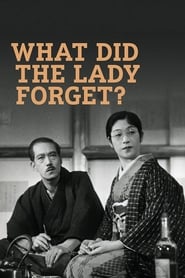 A professor Komiya and his bossy...
A professor Komiya and his bossy...What Did the Lady Forget? 1937
A professor, Komiya, and his bossy wife, Tokiko, are to look after Setsuko, their high-spirited niece from Osaka. Despite being a minor, Setsuko is a liberated woman who does whatever she wants, including smoking. She even convinces Koyima to take her to a geisha house. When she gets rather tipsy, the professor calls Okada, one of his students, to take her home. The wife becomes suspicious of Setsuko when she sees Okada bringing her home.
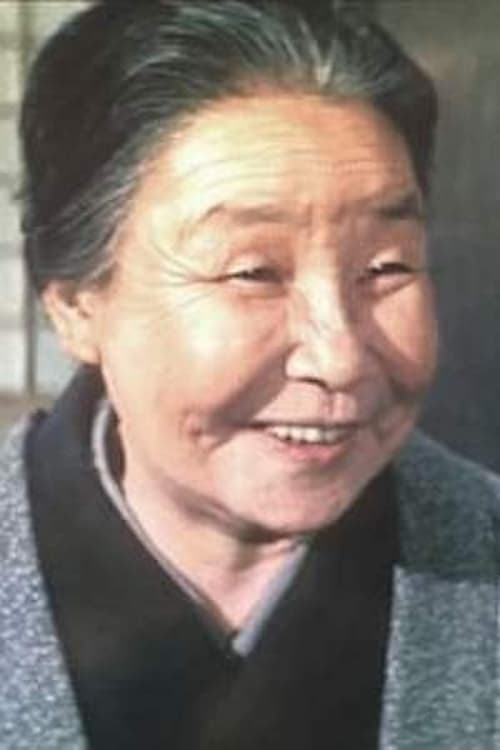
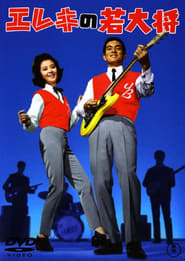 Young Guy Kayama competes in an...
Young Guy Kayama competes in an...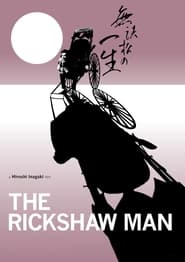 A poor rickshaw driver finds himself...
A poor rickshaw driver finds himself...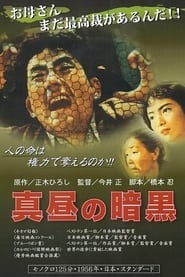 Police beat a murder confession out...
Police beat a murder confession out... From runaway brides to a typhoon...
From runaway brides to a typhoon...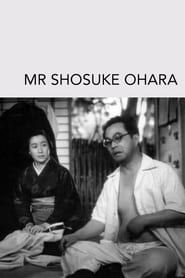 Saheita the final heir of a...
Saheita the final heir of a...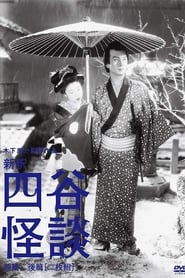 Iemon Tamiya is an impoverished masterless...
Iemon Tamiya is an impoverished masterless...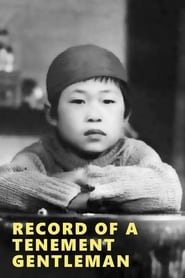 An errant salarymans son gets lost...
An errant salarymans son gets lost... After the death of her husband...
After the death of her husband...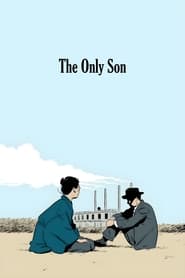 A silk factory worker is persuaded...
A silk factory worker is persuaded...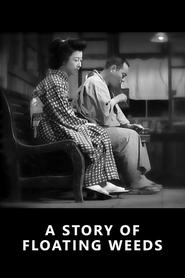 An aging actor returns to a...
An aging actor returns to a...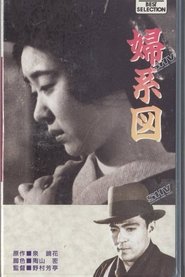 A melodrama by noted auteur and...
A melodrama by noted auteur and...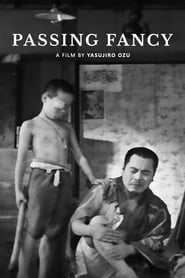 In Depressionera Tokyo a struggling middleaged...
In Depressionera Tokyo a struggling middleaged... In Depressionera Tokyo a young man...
In Depressionera Tokyo a young man...